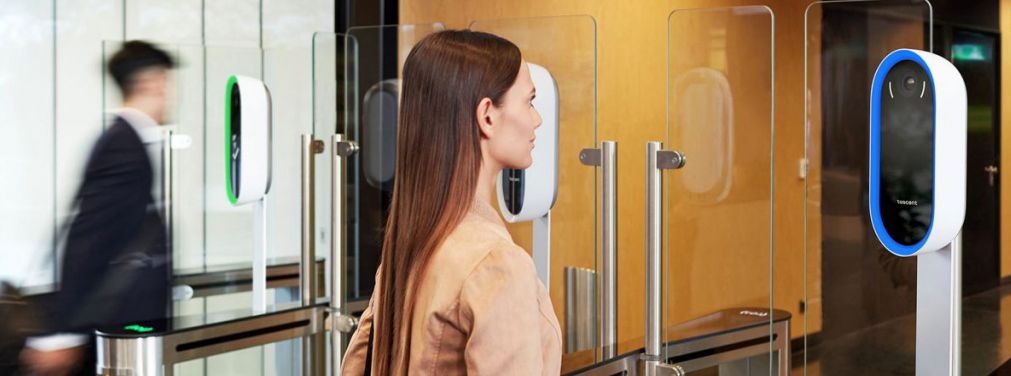Today, Face ID is an entirely new level of human identification, allowing identification based on the face. Face ID is one of the most reliable methods of personal identification, based on the principle of creating a structural map of the face using the innovative TrueDepth camera system and the latest technological developments. This facial recognition system is used in smartphones to unlock the device and confirm payments. High security of facial recognition. The identification feature does not respond to photographs, making it difficult to deceive. Those who like to experiment with their appearance can be confident in the security of their smartphone data.
What are the features of Face ID
The volumetric scanner in the iPhone allows recognizing people’s faces (Face ID system). This modular block consists of cameras and sensors with a Time of Flight (TOF) working principle, which can recognize not only the flat face of the user but also the three-dimensional model of the person.
Each sensor pixel registers the distance and determines the depth of the image. To calculate the distance to each point, the time-of-flight calculation of the beam and its speed determination at the end section are used.
Compared to other devices, the Face ID scanner has two main differences: a dot projector with a resolution of 30,000 points on the face and a corresponding IR camera that reads the captured image.
There is another element in the construction of the iPhone’s front panel that was not provided before – this is a speaker, microphone, and proximity sensor. All these factors make the iPhone very technological and complex in design.
| Order Face ID camera installation service
What innovative developments are there in Face ID sensors?
The innovative approach to solving the problem lies in the fact that none of the competitors has been able to offer a similar solution for their system to date. In most models of other manufacturers, facial recognition technology is an alternative and complements existing scanners with fingerprint recognition, iris sensors, and other sensors.
Companies with simpler and cheaper equipment have the opportunity to develop Touch ID analogs and embed fingerprint scanners under the display or in the side button of the smartphone, rather than developing a Face ID analog.
Face ID technology is self-learning, and the neural networks in the iPhone’s processor block gradually memorize the user’s face better over time and begin to work in more complex situations.
With the update added to iOS, an alternative appearance can be saved. Users can add their face with accessories or save a relative’s “imprints” to use the smartphone without a password.
How does the Face ID protection system work?
- Infrared points on a flat image look different and mean that a regular photo won’t work for Face ID.
- Thanks to Face ID recognition technology, people wearing masks have been able to identify themselves with another person without disclosing personal information. Face ID requires user focus and attention, so some effort is required to unlock the smartphone using the camera.
- Furthermore, you can be absolutely sure that no one will steal your facial photo. The photo taken by the Face ID camera was encoded by a special Apple coprocessor – Secure Enclave. The images are not transmitted anywhere else except to the device.
Face ID allows for another option for universal access – for people with visual impairments.
For purchasing goods in the App Store and other app stores that support Touch ID, you can use Face ID.

